In my post, One Light . Food Photography, I briefly talk about the different kinds of light we can use in our food photography.
That generally being soft lighting and hard lighting, with of course differences in their individual qualities.
Though soft, diffused lighting is the ‘standard/best practices approach’ to lighting our food images, it is not the only way.
In this post, I want to share with you, or at least intrigue you with, the virtues of using a hard light source, and the striking imagery that can be created with it.
Below I share examples of 3 different hard light sources in use, as well as showing the beauty of incorporating ‘shadow shapes’ resulting from a hard light source, stylistically into your compositions.
If you’re jumping in on the latest Grey Salt Collective Prompt, this post is for you BEFORE you start!
If you don’t know about our bi-monthly food photography challenges/prompts yet, hop over HERE and join in.
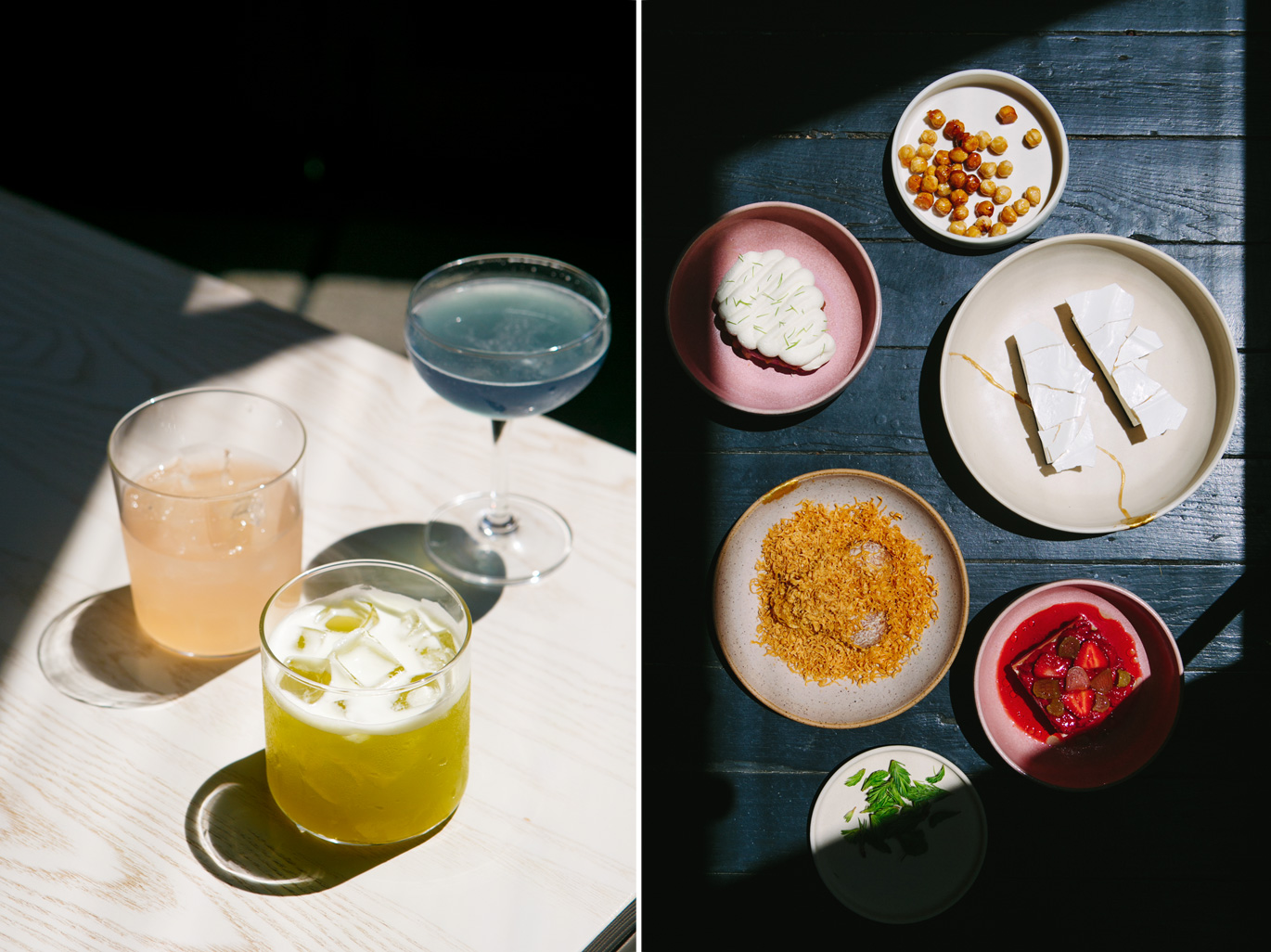
Before I get any further, just a reminder that you must first decide on what your ‘story’ is/the feel you’re looking to create, as that is what informs all of your decisions moving forward.
So, if you or your client is looking for a soft, dreamy, serene vibe, this kind of lighting is not the direction you want to go in!
OK. In these first sets of diptychs above and below, I utilized the direct, unfiltered, unmodified sunlight that was literally pouring in through the restaurants various windows, to light my scene.
I was looking for high contrast, defined edge shadows, saturated colors, spectral highlights, and a sense of high energy – all of which are characteristics of hard/direct lighting.
In the drink shot, above left, I used traditional back lighting to illuminate the liquids, but the quality of my light (hard/direct/unmodified) also gave me the beautiful patterns, reflections, and spectral highlights from the glassware on to the table, which would not have happened had I used a big, soft lighting source.
This lighting also helps to convey an energetic feeling of being outside on a brightly lit summer day, vs. the laid back feel of being under an umbrella or in the shade, that soft diffused lighting would have.

The images directly above are also examples of using the shadow’s lines as an artistic tool. I took advantage of the window pane’s casted shadows on my set, and placed the food within those lines as a part of my overall visual composition.
In essence, these shapes became ‘props or elements’ to be considered, and in this case, an actual frame within my frame, for me to place my items within.
Look for these opportunities on your set or location, and even use them as the starting points for your compositions.
Below is a simple lighting diagram for the window lit images directly above.
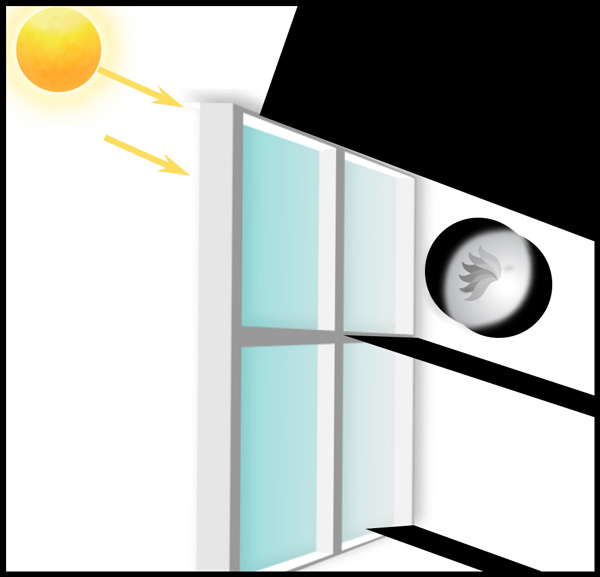
You can just as easily move outside, as in the diptych below, and utilize direct light as well, highlighting the shapes and shadows that the sun’s unmodified light will give you.
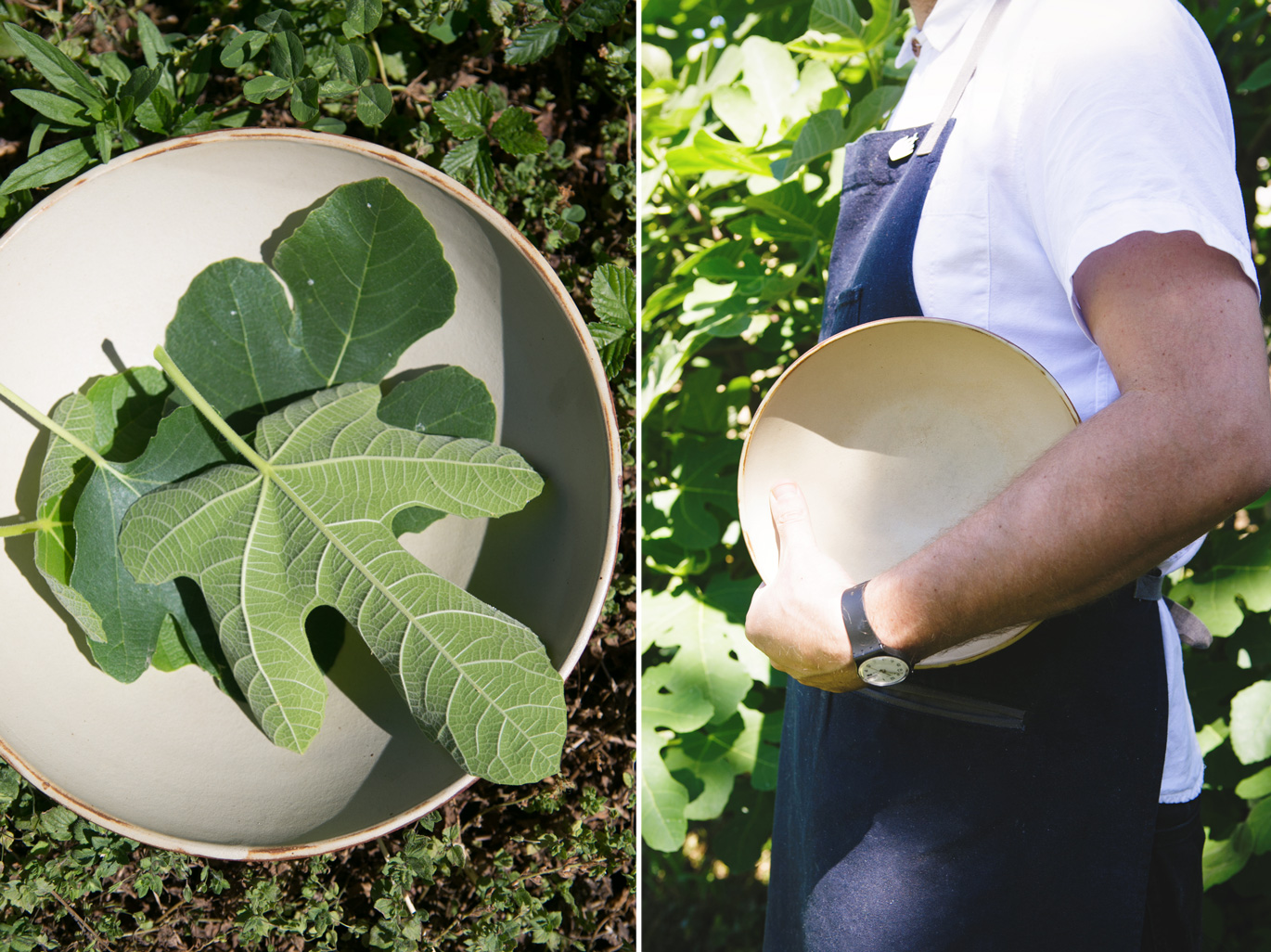
In the next set of images, I used an older bare (unmodified) halogen continuous light, as my light source.
It was one of the first lights that I started experimenting with for this look.
I would not necessarily recommend this light, as it is a hot light, and the color temperature is much too warm (around 3200K) but I am a believer in using what you have, first.
You could get similar results using the newer LED’s on the market. The key being, a bright, undiffused, bare light source.
The benefits of using artificial light vs. the sun:
- you have control of where you choose to place your light in relation to your scene and food
- you will not be chasing light, so your set will not need to move
- you can shoot with the same consistent looking light all day, every day
- you can control the length of your shadows because you have control of how high or low your light’s height is
Using a hard light source for shooting glassware is most definitely a fun application. I think everyone should have this type of image in their portfolios!
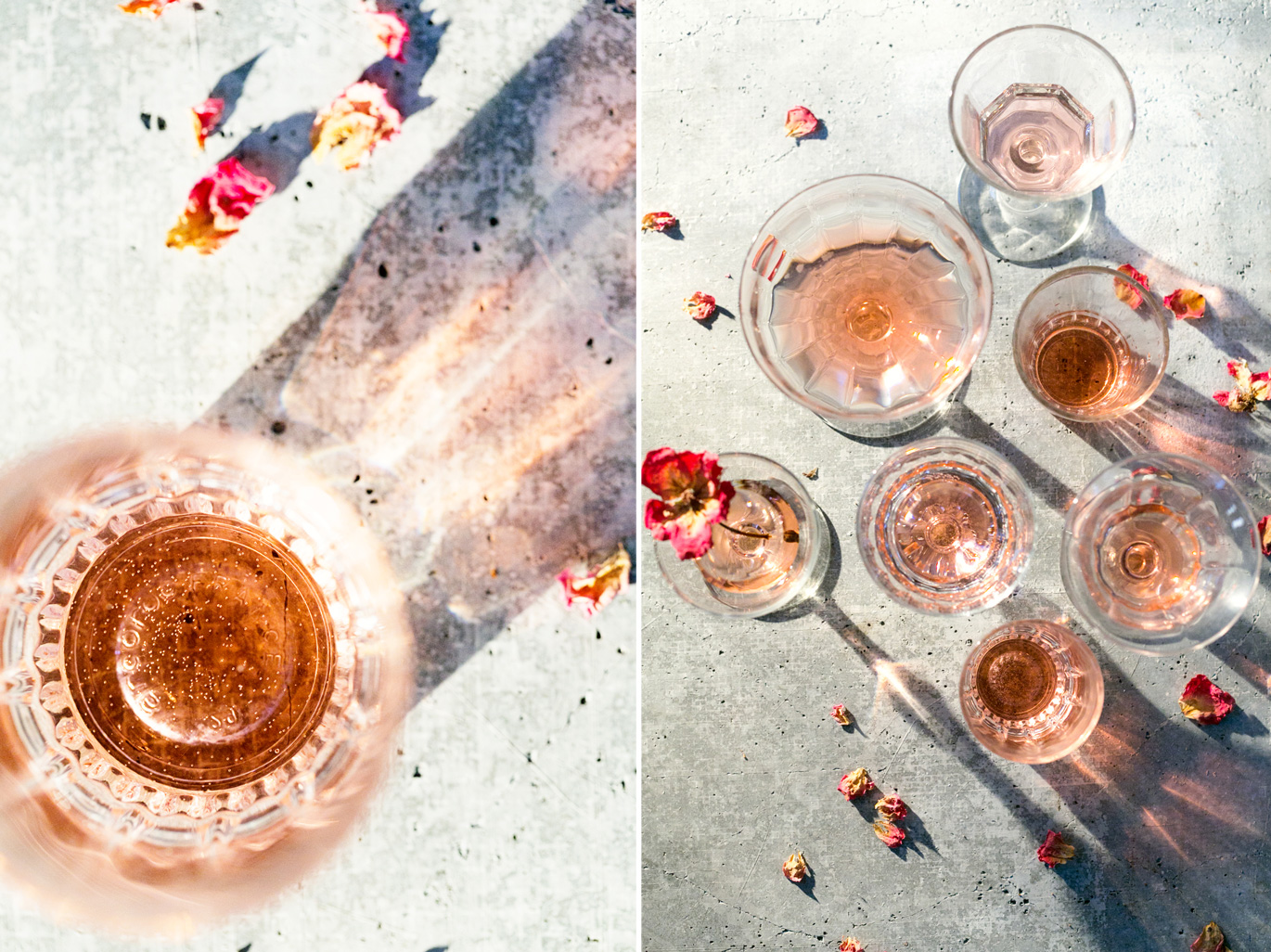
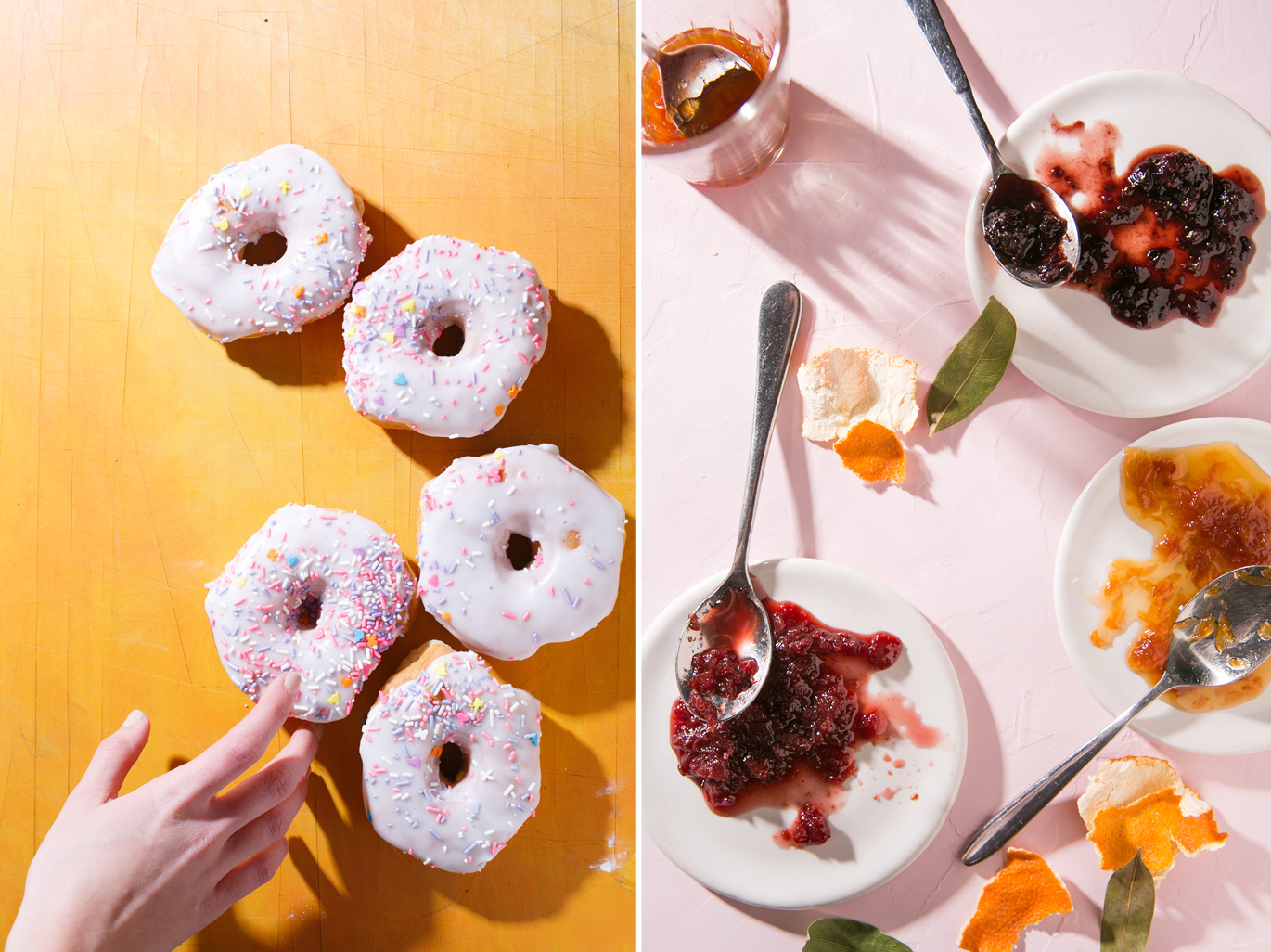
Below is the general lighting diagram that I used for all of the second set of images, above.
REALLY SIMPLE.
The only addition I made was adding a white reflector card to the bottom right side of the donut shot, as I wanted to open up those shadows, just a bit.
To change the direction or angle of your shadows, just reposition your light, or (same as always) your set in relation to your light source.
Again, be mindful of your casted shadows and incorporate them into your overall composition.
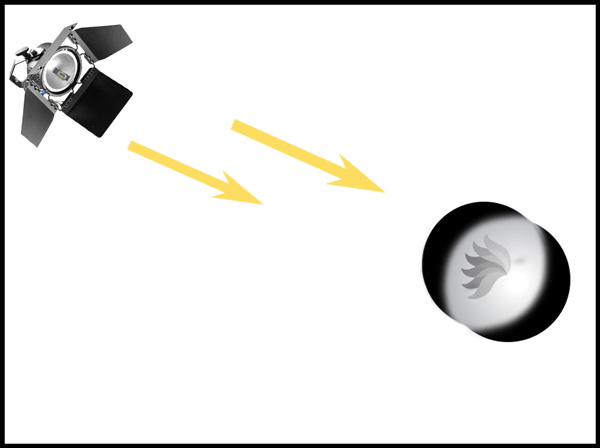
In this last section below are images lit with a single strobe. You could easily use a speedlight, as well.
All the same considerations as far as relative distance of your light source to your set, your shadow angles and shapes apply.
You can also introduce other fun shadow creating elements into your frame, like the palm leaf shadow in the image below.
I simply turned the strobe’s modeling light on, and held the palm out until I liked it’s position.
If needed, you could also use a c-stand/arm to position it more securely.
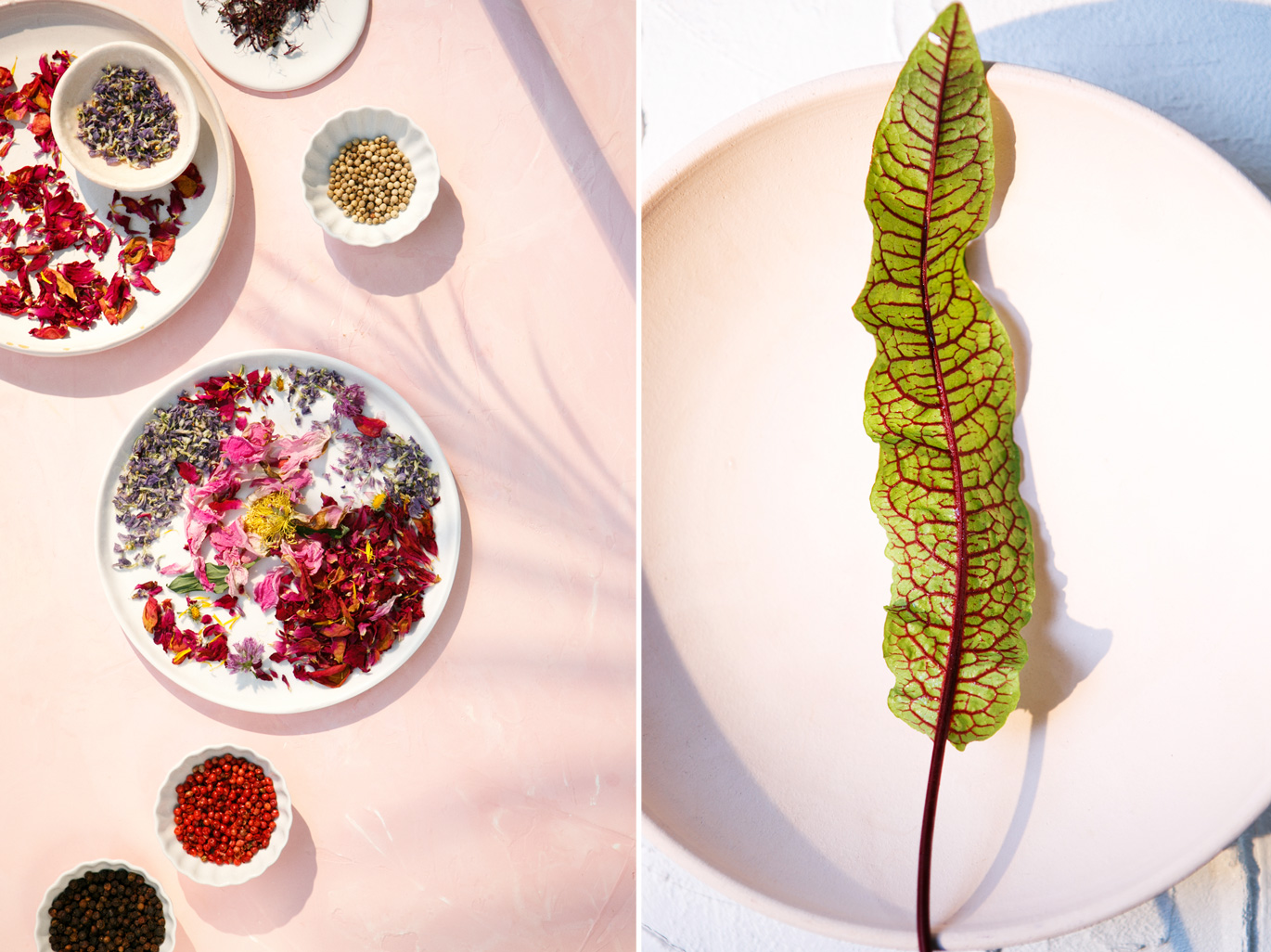
The final image below is an example of using heavy shadows and a shaft of light for high visual impact, resulting in a dramatic and moody image.
I aimed my bare bulb strobe towards the bowl, and created my own shaft of light by placing two black cards on either side of my set, just off set, that the light could pass through.
Reference the lighting diagram below the image.
A note about metering for this kind of light. Your in-camera’s metering system will of course default to med grey, and that exposure will not result in this look.
If you’re just not sure where to begin, start there, and adjust your settings accordingly.

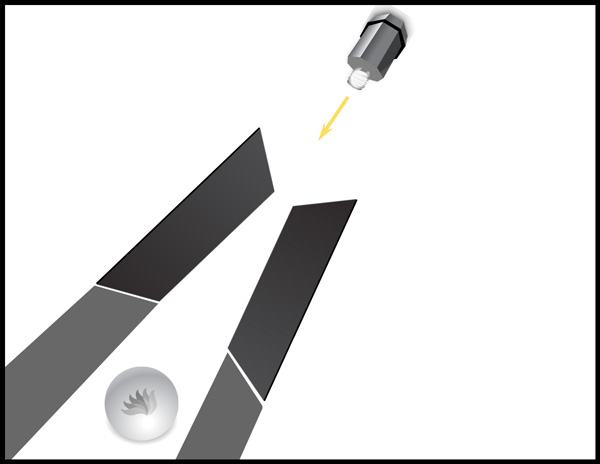
This style of lighting has certainly been in vogue for the past couple of years as evident on the covers and pages of some of our favorite foodie magazines.
If you have not used this kind of lighting in your own food photography, I hope this post temps you just a little to step outside of your comfort zone and try it!
When done properly, and in the right situations, this lighting technique is simply just another tool in your skill set, or, like it did for me, set you on a whole new path of inspirations.
As always, the best practice is to experiment with new techniques, and then continue to practice . practice . practice!
If you need a quick refresher in soft, indirect lighting, be sure to read my post: Food Photography 101 Tips – Start With The Light


